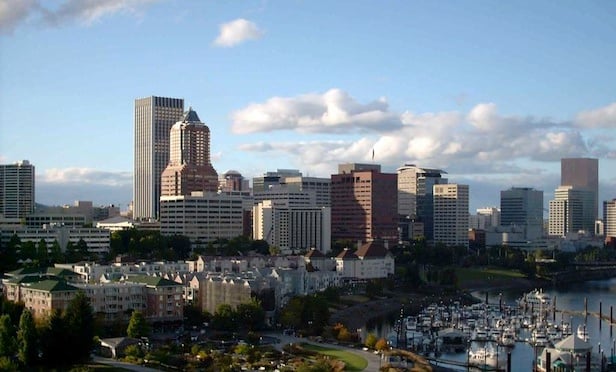IRVINE, CA— While it is too early to know the details of how policies in all areas will change, there will be impacts on commercial real estate and capital flows into the CRE space, Ten-X's chief economist Peter Muoio tells GlobeSt.com.
As we recently reported, according to a report from the firm, the star performer among major property sectors during December was retail, where values increased by 1.4% from the previous month. Ten-X noted that the sector typically is boosted during the busy holiday shopping season, although it remains hampered by e-retail competition and shifts in consumer spending behavior that appear to be permanent.
We spoke with Muoio about some of the report's findings about retail and how the new administration's policies might impact this segment.
Recommended For You
Want to continue reading?
Become a Free ALM Digital Reader.
Once you are an ALM Digital Member, you’ll receive:
- Breaking commercial real estate news and analysis, on-site and via our newsletters and custom alerts
- Educational webcasts, white papers, and ebooks from industry thought leaders
- Critical coverage of the property casualty insurance and financial advisory markets on our other ALM sites, PropertyCasualty360 and ThinkAdvisor
Already have an account? Sign In Now
*May exclude premium content© 2025 ALM Global, LLC, All Rights Reserved. Request academic re-use from www.copyright.com. All other uses, submit a request to [email protected]. For more information visit Asset & Logo Licensing.








